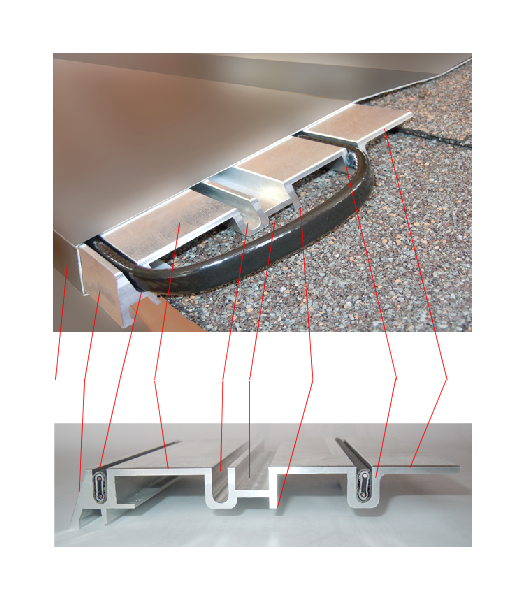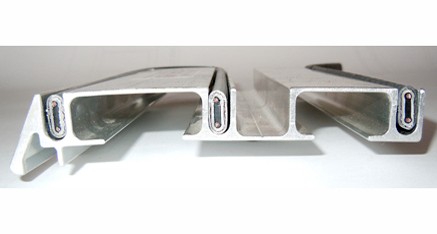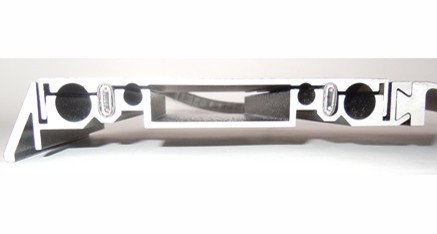Call us today! 530-583-8888
Why Choose Summit Ice Melt Systems? We Build a Better Product. Here’s how:
We’ve analyzed thermodynamics and applied it to roof ice melt systems. What is Thermodynamics? It is the science of energy conversion, in this case heat conversion and heat transfer. Optimizing heat transfer is key to an energy-efficient ice melt system. You do so by following the 4 RULES:
The 4 Rules of Thermodynamics as applied to roof ice melt systems:
-
- Minimize heat lost downward to the roof deck due to surface contact.
- Maximize heat transfer from the heater cables to the top melting surface.
- Maximize heat transfer from the heater cables to the drip edge.
- Eliminate air gaps in the heat transfer paths. Air is an insulator and the enemy of efficient heat transfer.
The 4 Rules seem to be quite underused among roof ice melt system manufacturers. Follow them closely and you maximize efficient heat transfer and have a true energy-saving system. If you don’t follow the Rules, or simply choose to ignore them, you will have an inefficient ice melt system.

Waterproof one-piece cover in Kynar-500 aluminum or real copper distributes heat to melting surfaces. (Rules #2 & #3)
Solid aluminum mass efficiently conducts heat from heater to drip edge (Rule #3)
Heavy top surface moves heat from heaters and distributes over top melting surface. (Rule #2)
Auxiliary raceway available when special System Layouts require it.
Raised fastener slot provides waterproof attachment while cleverly minimizing roof deck contact. (Rule #1)
All support legs of Base Panel are engineered to absolutely minimize roof deck surface contact. This eliminates unnecessary heat lost downward through the cold overhang.
Heavy aluminum heater walls maximize efficient heat transfer to top and drip edge melting surfaces. (Rules #2 & #3)
Integral convective fin efficiently delivers heat up the roof plane. (Rule #2)
Tight slots machined to allow only .010” clearance around cables eliminate insulating air gaps. (Rule #4)


